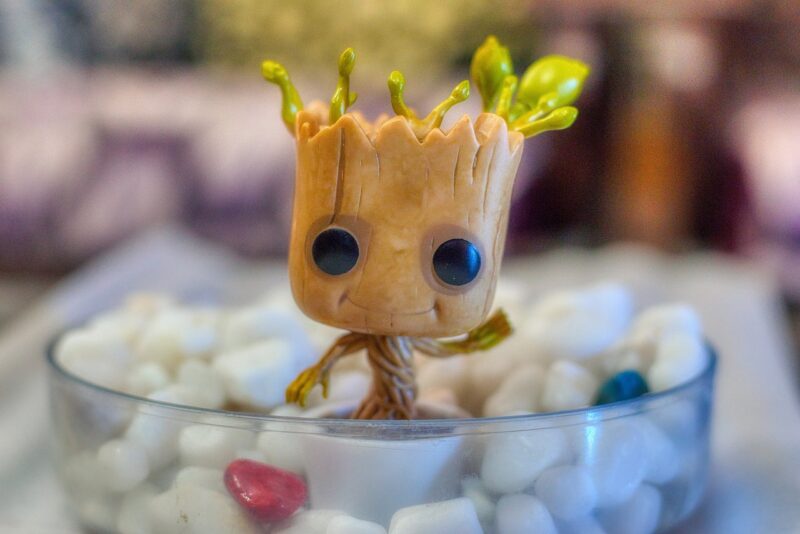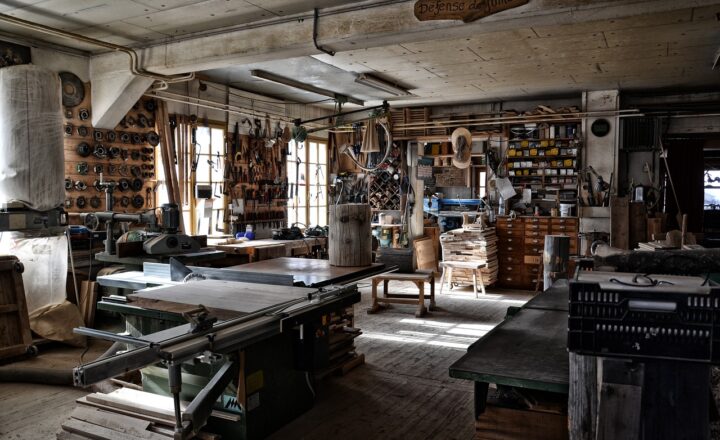Creating a Miniature Model Collection: The Joy of Building and Displaying Models
November 13, 2024

Miniature model collecting is a timeless hobby that combines creativity, precision, and a touch of nostalgia. For many enthusiasts, the process of building and displaying models is a source of immense joy and satisfaction. This article delves into the art of creating a miniature model collection, highlighting the various types of models, techniques for building them, and ideas for showcasing your impressive creations.
1. The Allure of Miniature Models
There’s something magical about miniature models. They allow collectors to capture the essence of a larger world in a compact format. Whether it’s mini cars, airplanes, trains, or fantasy landscapes, these delicate creations can transport you to another time and place. The appeal lies not only in the final product but in the process itself—sanding, painting, and assembling tiny components require patience and attention to detail.
Miniatures have a rich history. They have traveled from ancient civilizations where they served as talismans and art forms to modern times, where they are embraced as collectibles. Today, building and displaying miniature models is enjoyed by people of all ages, and it’s easy to see why.
2. Types of Miniature Models
Before embarking on the journey to create your collection, it’s essential to explore the various types of miniature models available.
- Scale Models: These are replicas reduced to a scale size of the original. Common scales include 1:24 for cars and 1:72 for aircraft. Scale modeling requires precise measurements and can range from simple plastic kits to complex handmade models.
- Dioramas: Dioramas are three-dimensional models representing a scene. They can depict anything from historical events to fictional landscapes, integrating miniature models with scenic elements like trees, buildings, and water features.
- Model Trains: Collecting and building model trains is a popular niche within the miniature hobby. Model railroad enthusiasts not only focus on the trains themselves but also on creating entire landscapes with tracks, stations, and buildings.
- Figurines: From military figures to fantasy characters, mini figurines are often used in tabletop games and can be painted and customized to reflect personal tastes.
- Architecture Models: These models recreate famous buildings or structures. They can be highly detailed and are often used in educational settings or by architecture students.
Exploring these types allows you to find your niche within the hobby, aligning your interests with the models you wish to collect.
3. Getting Started with Model Building
Starting a miniature model collection requires some thought and preparation. Here are steps to guide you through the process:
- Choose Your Focus: Decide whether you want to collect cars, trains, figures, or dioramas. Having a specific focus will help streamline your collection and generate enthusiasm about your chosen niche.
- Gather Your Supplies: The right tools make all the difference. Basic supplies include:
- Model kits or raw materials
- Glue (model cement or super glue)
- Cutting tools (hobby knives, scissors)
- Paints and brushes
- Sandpaper and files for smoothing edges
- Tweezers and other precision tools to handle tiny parts
- Learn the Techniques: Every building process requires techniques specific to the models. Watch online tutorials or buy beginner books focusing on your chosen model type. Learning through video demonstrations can greatly improve your skills.
- Join a Community: Finding like-minded individuals can enhance your experience. Look for local clubs or online forums where you can share your work, seek advice, and learn new techniques from others.
By taking these initial steps, you can lay the foundation for a fulfilling journey into the world of miniature model building.
4. Building Your First Model
Once you have selected your first model kit, it’s time to buckle down and start building!
- Read the Instructions Thoroughly: Each model kit comes with detailed instructions. Take your time to read through them before starting the assembly process. Familiarize yourself with all parts to avoid confusion down the line.
- Pre-Painting Components: In many cases, you can paint parts before assembly. This allows for better access to small details and ensures smoother finishes. Use fine brushes for intricate areas and spray paint for larger surfaces if applicable.
- Assemble with Care: Use the right glue and allow parts to set properly. Patience is key! It’s important to let glue cure completely before moving on to avoid errors in alignment.
- Detailing: Once assembled, detailing is crucial. Add decals, weathering techniques, and touch-ups to bring your model to life. Detailing can dramatically enhance the final appearance of your model.
- Display Your Work: After completing your model, find an appropriate place to display it. Shelves, display cases, and themed dioramas make fantastic settings to showcase your skills.
Your first model might not be perfect, but with practice and perseverance, your skills will improve, leading to more sophisticated collections over time.
5. Displaying Your Miniature Collection
Showcasing your hard work is just as important as building the models themselves. A well-displayed collection can inspire you and others while offering a visual feast that tells a story.
- Glass Display Cases: Protect your models from dust while allowing visibility. Choose cases with proper lighting to highlight your work.
- Themed Shelving: Create themed displays that resonate with your collection. For example, railroad models can be set against a backdrop of scenery that mimics a train station.
- Interactive Displays: If you are into model trains or playsets, consider building an interactive display where visitors can engage with the models, illuminating another layer to your collection.
- Regularly Rotate Models: Keep your display fresh by rotating models regularly. This not only shows your diverse collection but also encourages ongoing engagement with your hobby.
Properly displaying your miniature collection not only enhances the aesthetic but also honors the effort and skill that went into building each piece.
6. The Benefits of Miniature Model Collecting
Engaging in miniature model collecting offers numerous benefits:
- Stress Relief: The act of building and painting can be meditative, providing an excellent escape from daily life’s stressors.
- Improved Fine Motor Skills: The precision work of handling tiny components enhances dexterity and hand-eye coordination.
- Creativity and Problem-Solving: Adapting techniques and customizing your models fosters creativity and critical thinking skills.
- Community and Social Engagement: Connecting with fellow enthusiasts online and at local clubs promotes social interaction and sharing of ideas.
Ultimately, miniature model collecting is more than just a hobby; it’s a passion that strengthens skills and connections while providing a satisfying and enjoyable experience.
Conclusion
Creating a miniature model collection is a rewarding adventure that allows you to express creativity, learn new skills, and connect with others. Whether you choose to focus on cars, airplanes, or scenic landscapes, each model tells its own story and represents hours of dedication and craftsmanship. So, gather your supplies, choose your first model, and dive into the fascinating world of miniature modeling. You’ll soon discover that the joy of building is matched only by the pride of displaying your unique creations.







